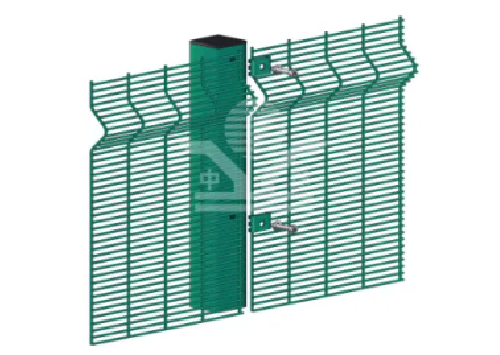

Aug . 13, 2024 18:27 Back to list
The Cost Considerations of Iron Recycling Plants
As the world shifts towards more sustainable practices, the recycling of materials, particularly metals such as iron, has gained significant importance. Iron recycling plants play a crucial role in achieving environmental sustainability while also serving the demand for iron in various industrial applications. Understanding the cost associated with setting up and operating these plants is vital for entrepreneurs and investors who wish to engage in this eco-friendly venture.
Initial Setup Costs
The initial costs for establishing an iron recycling plant can vary widely based on several factors, including location, plant size, and technology used. On average, setting up a medium-sized recycling facility can range from several hundred thousand to a few million dollars. Key components of these initial costs include land acquisition, infrastructure development, machinery, and technology investments.
Land acquisition costs will depend on the geographical area and its zoning regulations. Urban areas may present higher costs but could also provide better access to raw materials and market opportunities. Infrastructure development includes building the necessary facilities, such as processing areas, storage spaces, and administrative offices. Machinery costs are paramount, as advanced shredders, magnetic separators, and balers are essential for efficient operations.
Operational Costs
Once the plant is established, operational costs come into play. These include labor, utilities, maintenance, and transportation. Labor costs can be significant, especially if the facility requires highly skilled technicians and operators for advanced equipment. Moreover, electricity and water are crucial for the recycling process, making utility costs another important factor to consider.
Maintenance of machinery is also critical; regular upkeep ensures efficiency and longevity of the equipment, thereby reducing unexpected breakdowns and costs. Transportation costs can be high as they involve both bringing in scrap iron and distributing the recycled product to customers. Partnering with local scrap dealers can mitigate some of these costs by establishing a consistent supply chain.

Revenue Generation
The financial viability of an iron recycling plant is ultimately determined by its ability to generate revenue. Market demand for recycled iron, often referred to as scrap metal, significantly impacts profitability. The price of scrap iron fluctuates based on economic factors, including global demand, production rates, and competition from virgin iron sources. Therefore, conducting market research to assess pricing trends can help predict potential revenues.
In addition to selling recycled iron, plants can explore alternative revenue streams. Some facilities diversify by processing other metals or offering related services, such as metal sorting or specialized recycling for electronic waste. These additional services can cushion revenue during periods of lower scrap iron prices.
Environmental Impact and Tax Incentives
Investing in an iron recycling plant not only makes economic sense but also has positive environmental implications. Recycling reduces the need for raw material extraction, lowering energy consumption and greenhouse gas emissions. Many governments recognize the importance of recycling initiatives and may offer tax incentives or grants to support such ventures. These incentives can help mitigate some of the initial costs, making the project more attractive from an investment standpoint.
Conclusion
In conclusion, the costs associated with establishing and operating an iron recycling plant are multifaceted and require careful consideration. From initial setup and operational expenditures to potential revenue streams and environmental benefits, understanding these cost factors can help stakeholders make informed decisions. As the demand for sustainable practices continues to rise, iron recycling plants hold significant promise in contributing to a circular economy while remaining financially viable. By weighing the costs and benefits, investors can play a vital role in advancing both economic and environmental objectives.
Latest news
Troubleshooting Common Eddy Separator Problems
NewsJul.04,2025
The Role of Metal Recycling Plants in Circular Economy
NewsJul.04,2025
The Impact of Recycling Line Pickers on Waste Management Costs
NewsJul.04,2025
Safety Features Every Metal Shredder Should Have
NewsJul.04,2025
How Industrial Shredders Improve Waste Management Systems
NewsJul.04,2025
How Cable Granulators Contribute to Sustainable Recycling
NewsJul.04,2025